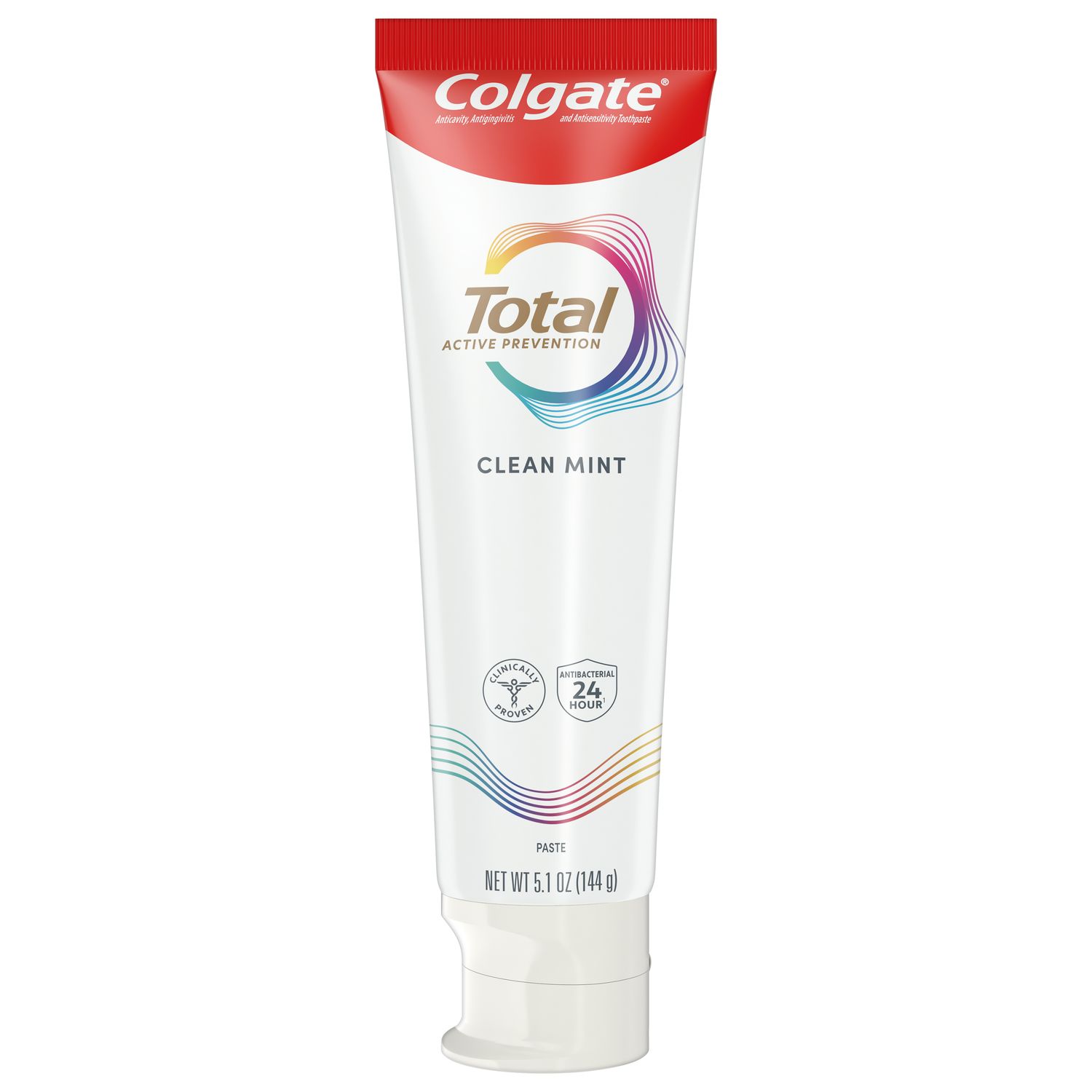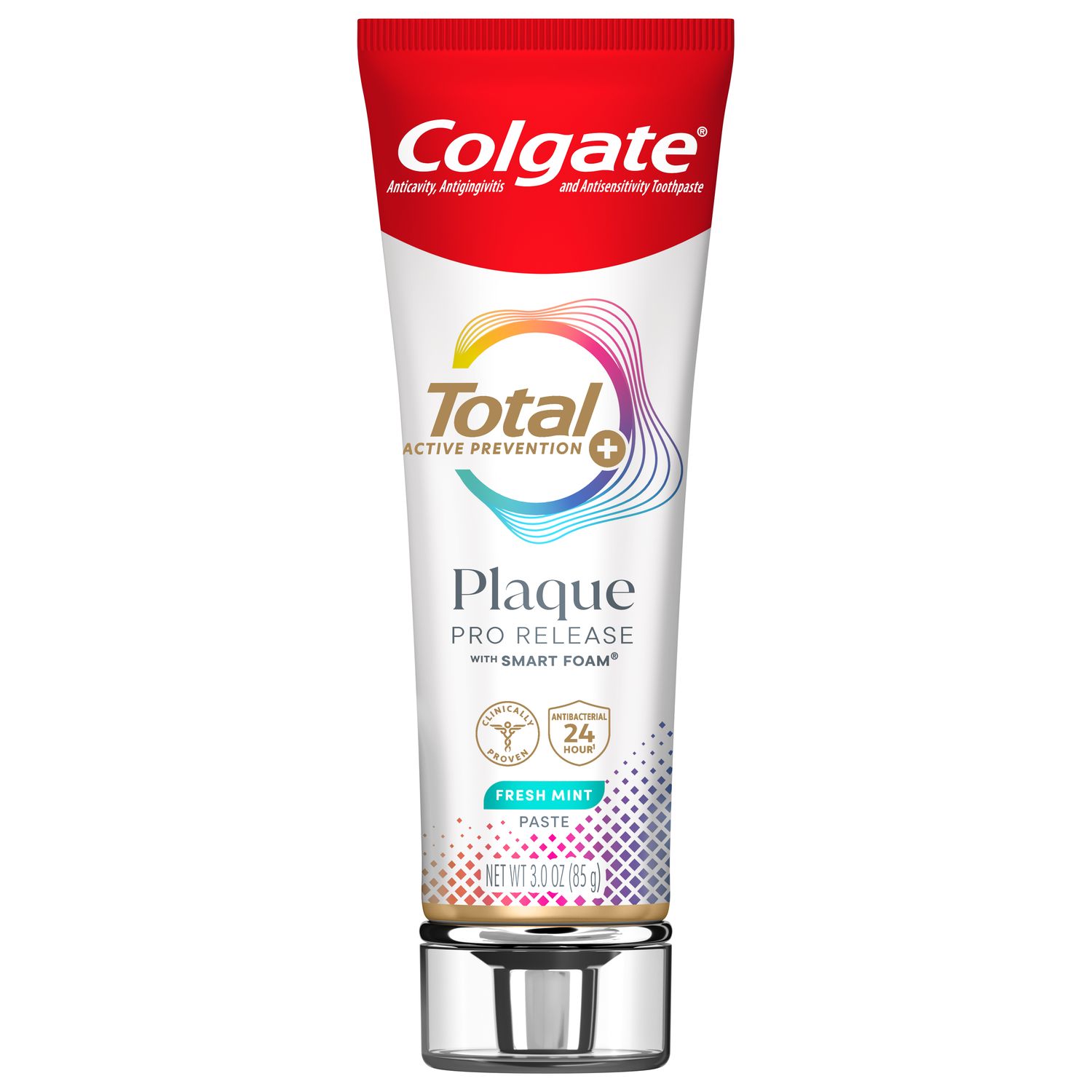
When it comes to the removal of superficial staining, air polishers offer an alternative to traditional rubber cup polishing. Although first introduced in the 1970s, you still may want to use an air polisher (without retiring your prophy cup completely) depending on your patient's needs.
Shorter Appointments, Less Strain on the Wrists
The Journal of Dental Hygiene found that hygienists who used air polishers during patient care spent less time polishing their patients' teeth as it was more efficient than rubber cup polishing. This means shorter appointments for your patients. Using the air polisher also caused less operator fatigue because there was no need to apply any pressure across dozens of surfaces as is necessary with a rubber cup polisher. Less strain on your wrists means you can comfortably serve your patients.
Improved Instrumentation
Compared to a polishing cup, air polishers are more effective in removing stains. Using air polishers prior to scaling reduces plaque and stains that may interfere with visibility during scaling, especially if biofilm levels are high. RDH Magazine likens the process to "sweeping before you mop." It's easier to clean a floor without loose debris, and it's easier to clean your patients' teeth by pre-polishing. Starting with a better base level of visibility on your patients' teeth also means you are better able to observe the clinical site as you work.
Better Access to Grooves and Fissures
Air polishers easily target stain particles within grooves and fissures in a way that rubber cups physically can't. Because of their shape, rubber cup polishers can't access these areas and, consequently, leave behind some stains and biofilm. As noted in Dental Economics, if your office is using equipment such as a laser caries detection device, stains and calculus can interfere with readings on your machine. Air polishers can access very deep grooves and help remove stains, reducing the risk of false positives.
Reduction in Soft Tissue Trauma
A 2015 study published in the Journal of Indian Society of Periodontology indicated that air polishing may cause some trauma to the gingivae and some loss of exposed dentin and cementum. But when used properly, air polishers pose a low risk for extensive damage or lasting harm to the oral tissues. Researchers do state that some irritation—gingival bleeding and a salty taste—persists immediately after treatment, but it should reduce within a week or two. If there are concerns about irritation or trauma, increase the distance between the polisher and the tooth, and adjust the flow of water to help reduce excessive abrasive forces.
Better for Sensitive Teeth and Subgingival Cleaning
It's always a good idea to use a desensitizing cream as a pre-treatment for polishing treatments to create a better cleaning experience for patients with sensitive teeth. The same JISP study noted that the bicarbonate crystals used in air polish may actually serve to block tubules and help reduce dentinal sensitivity during the polishing process. Replacing the powder with a newer glycine powder even helps you lift subgingival biofilm in pockets up to 3 to 5 mm deep with less gum recession and an 80 percent decrease in abrasiveness compared to hand scaling.
When to Seek Alternatives
According to a study published in Clinical Oral Implants Research, using air polishing was less abrasive on dental implants than stainless steel curettes alone. But while air polishers are great for use in the office, they are not a suitable choice for every patient. The more traditional sodium bicarbonate-based powders can make a slurry that's too abrasive for prolonged use on exposed dentin and cementum. Powders newer to the market – including glycine, calcium sodium phosphosilicate and calcium carbonate – make for a less abrasive slurry, but each powder has its drawbacks.
For example, calcium carbonate is great at removing staining, but it can be more damaging to exposed dentin than sodium bicarbonate powder. Slurries with aluminum trihydroxide are great alternatives for patients on low-sodium diets, but this powder should not be used on glass ionomers and resin composites. If your patient suffers from hypertension, a respiratory illness, infectious disease, renal insufficiency, Addison's disease or Cushing's disease, it's generally safe to use calcium sodium phosphosilicate powder. But if your patient has any silica allergies, it's best to suggest an alternative treatment altogether.
Takeaways
- Switching to an air polisher routine prior to hand scaling can improve your efficiency and shorten appointments.
- The microscopic particles used in air polishing access grooves, fissures and subgingival surfaces better than a rubber polishing cup.
- Air polishing is a useful option. Careful patient selection, technique and choice of powder are important when considering air polishing; be sure to customize your air polisher slurry mixture based on your patient's needs.
Why It's Valuable
Using an air polisher appropriately, instead of a rubber polishing cup, can make it easier for you to meet stain removal requirements while minimizing the risk of long-term irritation or damage to the patient's hard and soft tissues.
Join us
Get resources, products and helpful information to give your patients a healthier future.
Join us
Get resources, products and helpful information to give your patients a healthier future.













